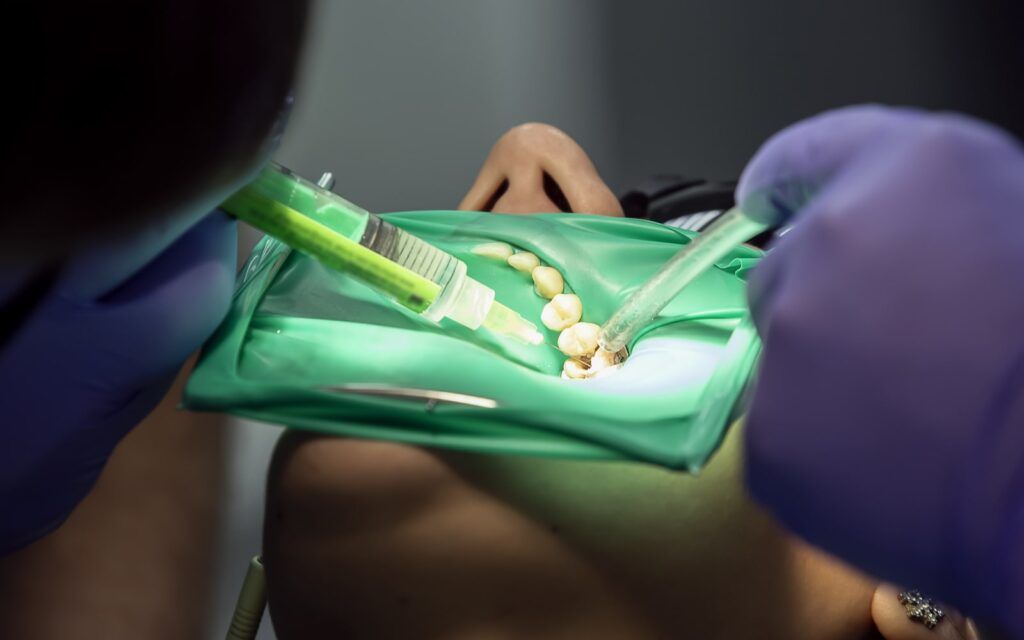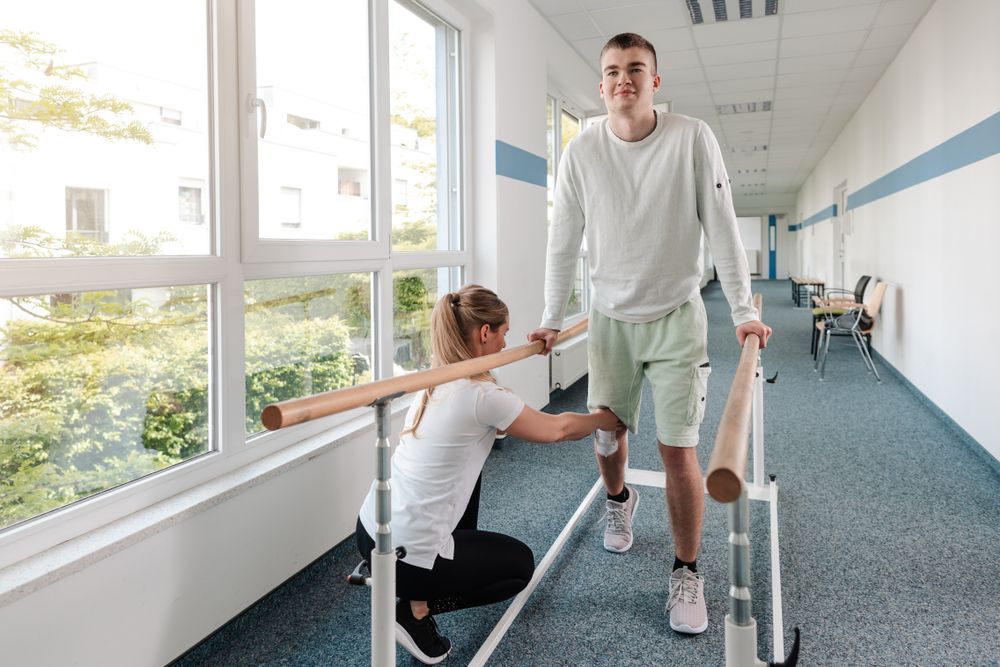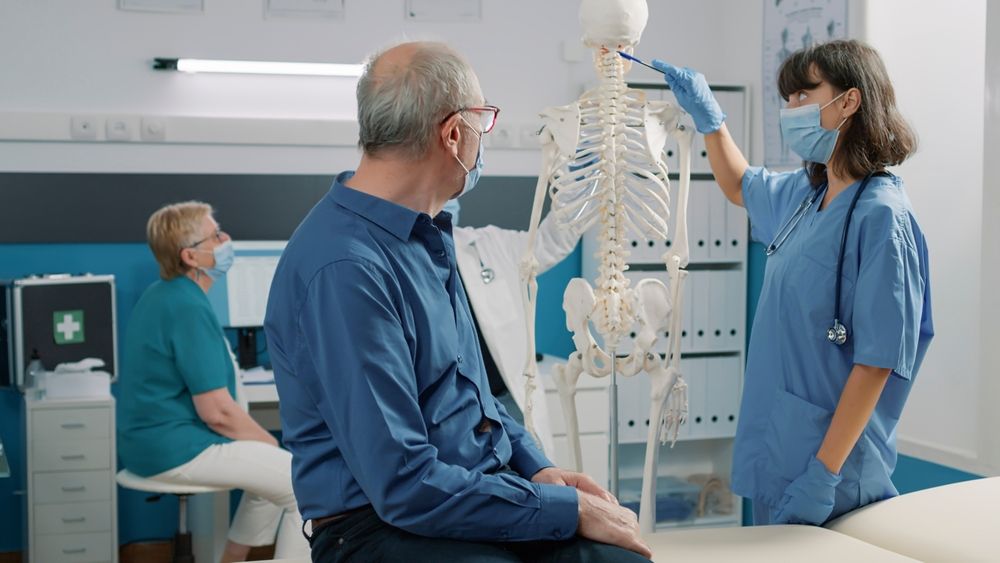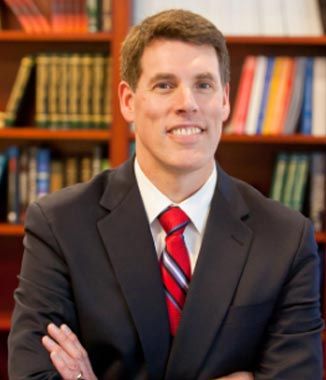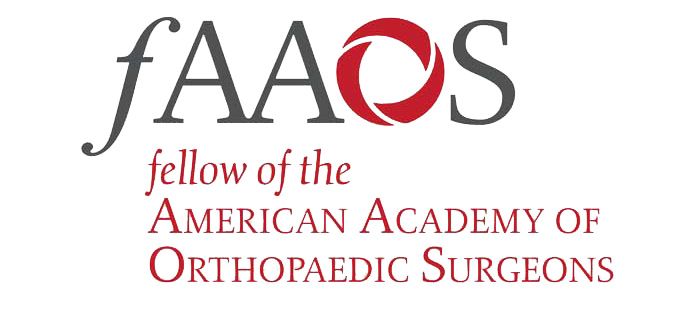Within the field of regenerative medicine, platelet-rich plasma is one of the many new developments aiming to improve the process of tissue repair. PRP has been rapidly increasing in orthopedic and sports medicine practices as patients are now seeking out non-surgical approaches to their acute and chronic injuries or diseases. As this treatment option becomes rapidly popular, so has the demand for more research in PRP. PRP looks to be a safe treatment option with positive effects on injured musculoskeletal tissues, but more efforts are needed to identify how the body responds to PRP treatment.
How Does Platelet-Rich Plasma Work?
Platelet-rich plasma is the clear liquid portion of our blood that remains after all cellular components, including red blood cells and white blood cells, are removed. Platelets contain high amounts of enzymes, proteins, and growth factors that assist in the body’s healing process. Therefore PRP contains higher amounts of platelets than typically found in the blood. The PRP is injected into the treatment area through this high concentration to promote tissue growth and help heal damaged or injured areas.
Because of its mechanisms, PRP treatment has found its way into many diverse surgical fields due to its ease of preparation, applicability, ease of safety protocol, and possible benefits. However, PRP treatment is still in continuous research due to the large gaps of knowledge in understanding how it assists in the healing process, including the biological activity of PRP and the evidence to support it. Platelet concentrations among different studies can be difficult to define due to how much variety there is in clinical trials. Another difficult factor in place is the various growth factors, such as the vascular endothelial growth factor and the epidermal growth factor, in how they are defined and used by the body’s multiple healing pathways. This lack of knowledge gap in these areas has already led to this treatment as adjunctive therapy in many practices, but not as a well-established treatment with standard clinical application.
What Conditions Can PRP Injections Treat?
So far, the clinical applications of PRP treatment are effective in many areas of orthopedic care, treating conditions such as:
- Knee Osteoarthritis: In some studies, PRP treatment is more effective at treating symptoms related to knee osteoarthritis than compared placebo effects, including a significant reduction in arthritic pain, better mobility, and reduced swelling associated with arthritic pain.
- Low Back Disc Pain: In treating low back pain, PRP treatment has been shown to improve spine function and decrease overall pain scores, leading to reduced pain levels that extended up to a year after initial treatment.
- Tendon and Muscle Injuries: For patients who participate in sports and other high-energy activities, PRP injections may be able to treat chronic tendon injuries such as tennis elbow and jumper’s knee. PRP treatment may ultimately help speed up the healing process through clinical trials to decrease pain and help people return to their activities sooner.
- Post-Surgical Healing: Chronic torn ligaments, bone malformations, and arthritic-related pain conditions often result in surgical procedures requiring longer healing times. Clinicians who use PRP treatment may find that it accelerates the healing process for the muscles, tendons, and ligaments after surgery, reducing recovery times overall.
Overall, research is still growing in these areas to determine if PRP treatment will become modern in medical treatments or remain an alternative treatment based on practice. For more information about platelet-rich plasma and PRP treatments, consult with your orthopedist today to learn more.

